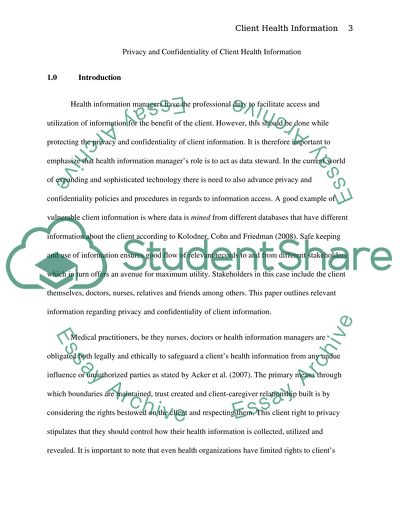Cite this document
(“Privacy and Confidentiality of Client Health Information Research Paper”, n.d.)
Retrieved from https://studentshare.org/family-consumer-science/1417744-case-study
Retrieved from https://studentshare.org/family-consumer-science/1417744-case-study
(Privacy and Confidentiality of Client Health Information Research Paper)
https://studentshare.org/family-consumer-science/1417744-case-study.
https://studentshare.org/family-consumer-science/1417744-case-study.
“Privacy and Confidentiality of Client Health Information Research Paper”, n.d. https://studentshare.org/family-consumer-science/1417744-case-study.


